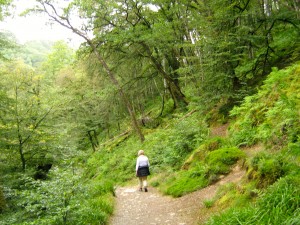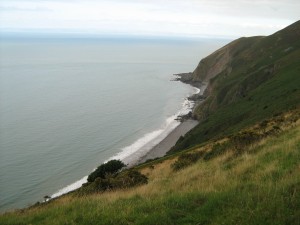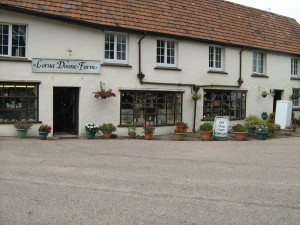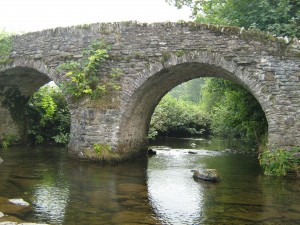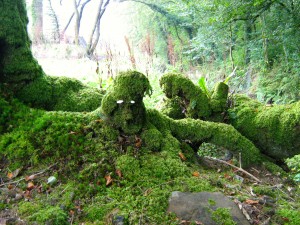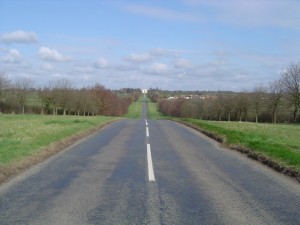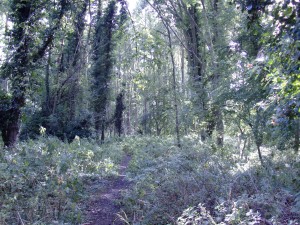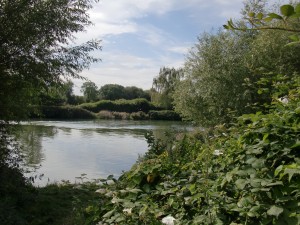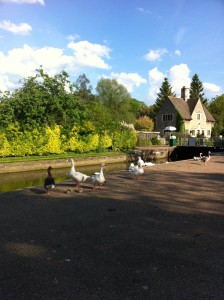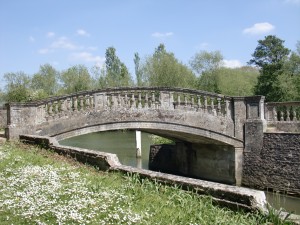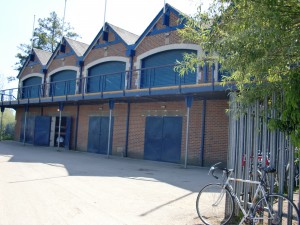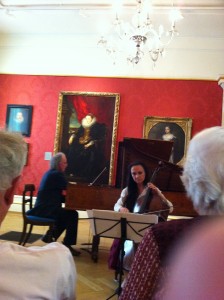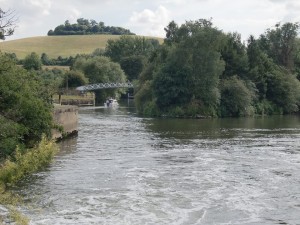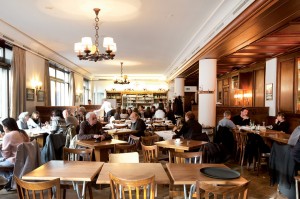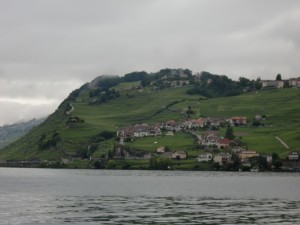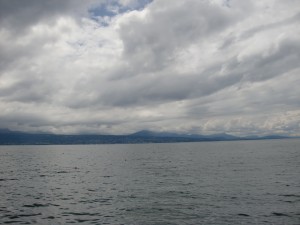I’ve been away from Oxford for much of the past few weeks, on holiday in Devon/Somerset, and in Scotland with Toby for a conference and a revisit to the place we were married.
I’ve also been writing furiously (up to 35,000 words) and reading many books, because you can’t write if you don’t read. That aphorism should be emblazoned on the cover of every prospectus for a writing course. Wide reading gives you confidence, humility, inspiration and energy to work on your own project. And it’s crucial if, like me, you need to research an historical period. Unfortunately it is also rather damaging to the bank balance, but the joy of England is the easy access to second-hand books. We’ll need to send home a shipping container when we return in 2016!
Thanks to Joanna for organising our wonderful week in Somerset and Devon in early September. We stayed at Riscombe Farm, which is in the Exmoor National Park, in a cottage that used to be part of a farm building:
There were flowers everywhere and the farmhouse itself is around 200 years old. It is owned by Leonie and Brian. Leo went to school with Joanna and we were all invited to the farmhouse one afternoon for a real Somerset high tea. We reciprocated by inviting Leo and Brian to the big cottage for gin and tonic, with Karen’s amazingly tasty local Swedish gin.
Joanna whipped us into shape with walks on the moor and the coast, and the beach and the woods…
We walked up to Dunkery Beacon, the highest point in Exmoor, through the heather and bracken, eating whortleberries and blackberries along the way.
We all became adept at finding berries.


One day we visited the Tarr Steps, a Bronze Age Bridge, which local legend says was built by the Devil himself. Myth has it that he still has sunbathing rights on its stones.
Apparently, when he first built the bridge, the Devil swore to kill anyone who crossed it. A cat was sent over the Bridge to test this claim. Poor kitty was vaporised in a puff of smoke. The terrified locals approached the parson, who went himself to meet the Devil midway on the bridge. After much bad language and intimidation the Devil conceded that people might pass, except when he wants to sunbathe.
After lunch we went for a walk in the pretty woods around the river.
Another day we walked a coastal route. On the other side of the estuary is Wales:

The views were lovely, but I prefer our white sands:
This is the Caratacus stone, which is thought to date from the 6th century. The inscription is translated as “grandson or immediate descendant of Caratacus” and it’s generally thought that the stone was erected as a memorial to a person who claimed the first-century British chieftain Caratacus as an ancestor.
The hedges in Exmoor are really interesting. They’re formed by bending saplings to grow horizontally:

This can lead to some interesting phenomena if the ground underneath is washed away.

Another day we went to Lorna Doone territory. I loved that novel as a young teenager.
We even saw wild Exmoor ponies

I have to say that Exmoor is amazingly beautiful and could match New Zealand for being Tolkienish. We found these weird creatures in a forest glade. The photo is untouched – the ‘eyes’ are little mushrooms.
And some of the houses were straight off the lid of a chocolate box:

The little fishing ports were delightful. We had a pommie picnic at this one, all rugged up on an overcast day:
Next time, Scotland the Brave – Stirling and Loch Lomond.












